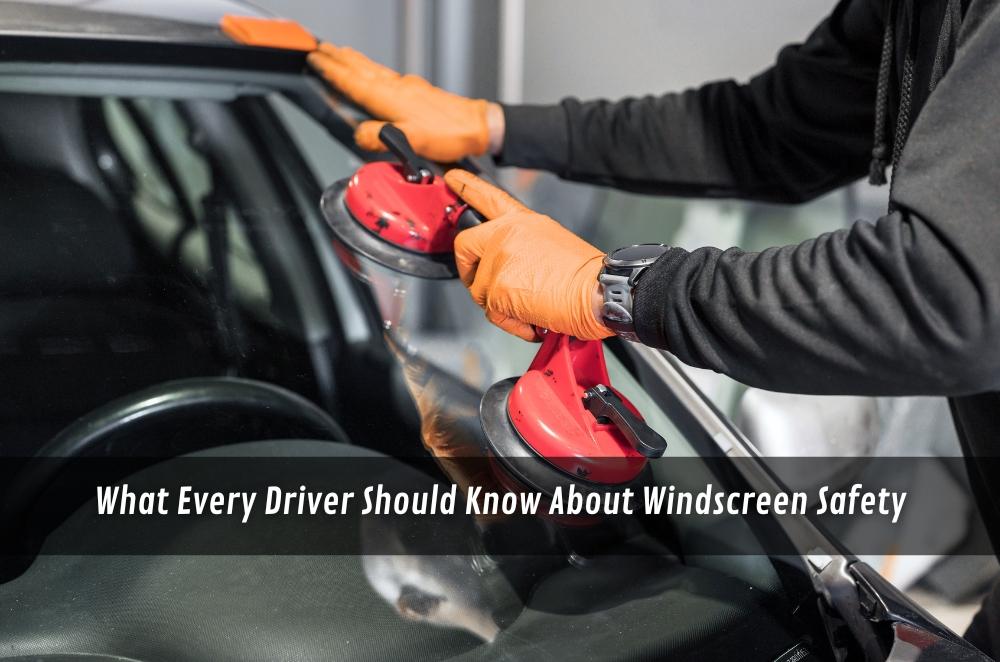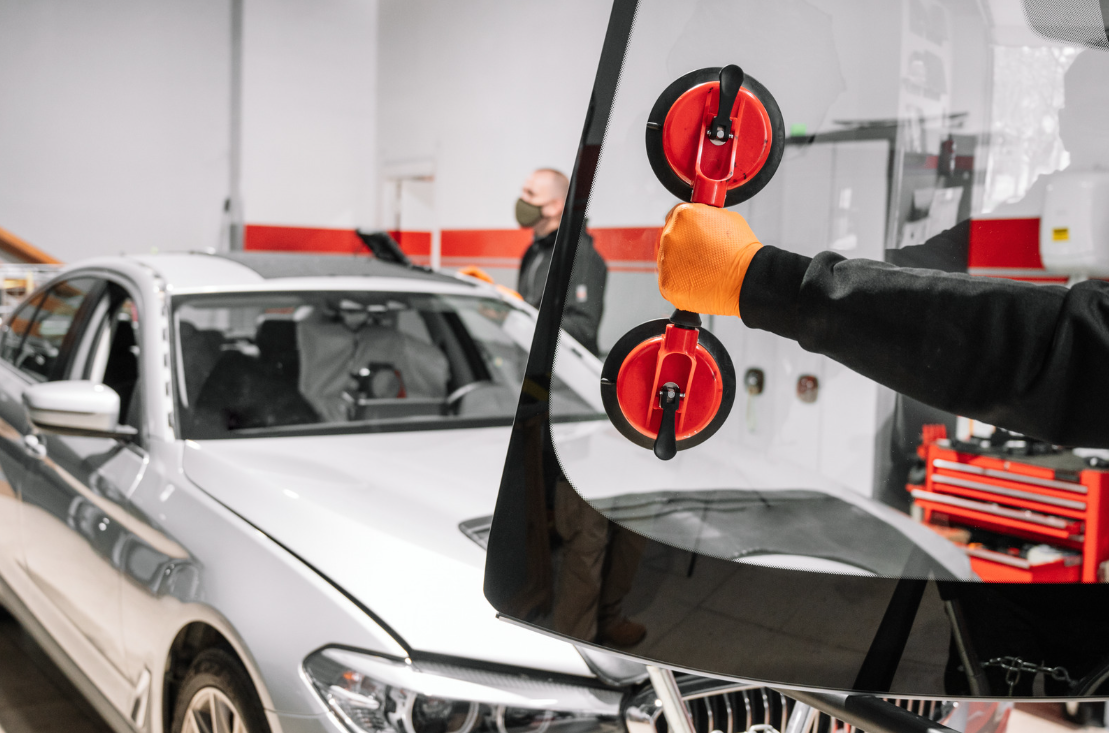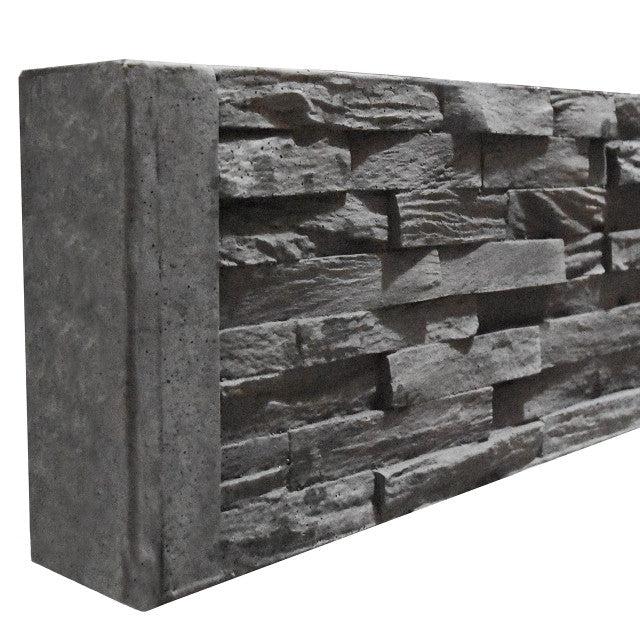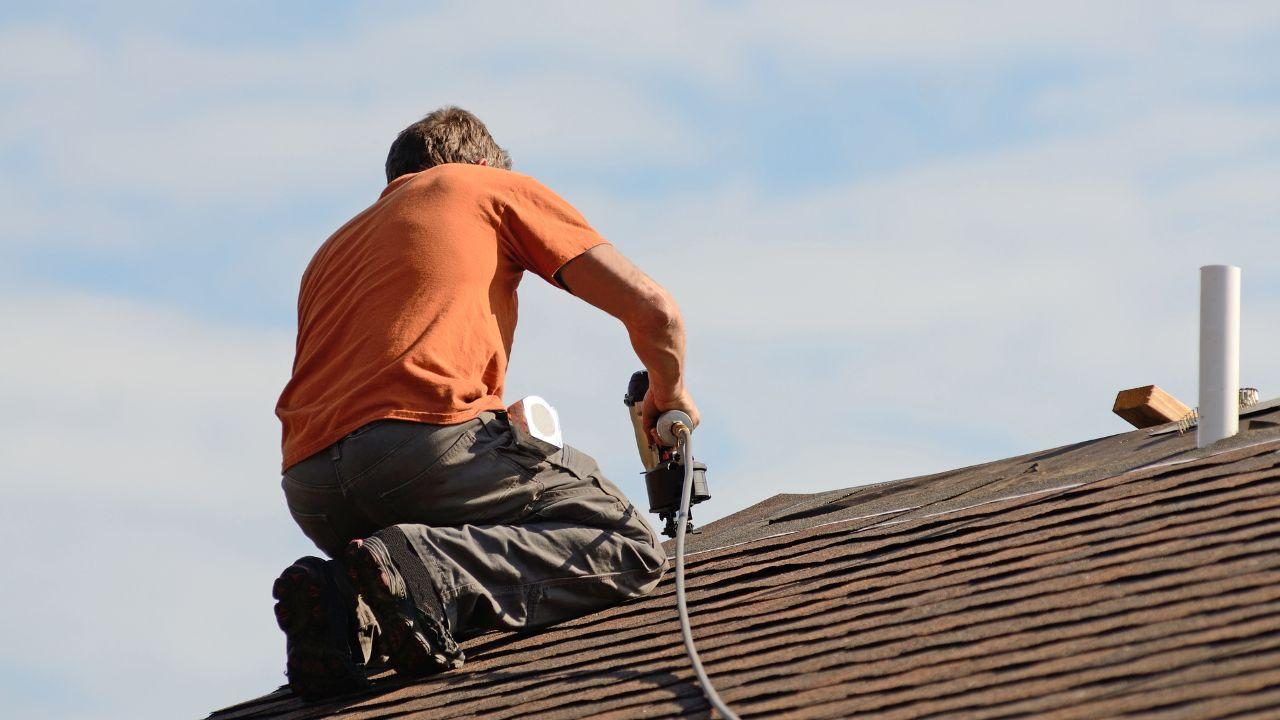What Every Driver Should Know About Windscreen Safety

Sydney’s roads don’t do anyone favours. Between the loose gravel near construction sites and the occasional flying pebble from a passing truck, a clean windscreen can turn flawed in seconds. It usually starts small — a tiny chip that catches the light just enough to make you look twice. Most of us ignore it at first, thinking it’ll hold out a bit longer. But a cold morning or a rough stretch on Parramatta Road, and that little mark starts crawling across the glass. When that happens, it’s worth sorting out sooner rather than later. Getting a proper windscreen replacement in Sydney isn’t just about a clear view, it’s about keeping the structure of the car solid and the driver safe. A quick fix done right means you’re back on the road without worrying every time the temperature drops or the rain sets in.
Why windscreen integrity matters
A windscreen isn’t just a pane up front; it ties the car together and backs up driver-assist tech. When it’s stressed or poorly bonded, the car feels different—subtle at first, then not so subtle.
-
Supports cabin rigidity so forces travel the way engineers intended.
-
Works with airbags and cameras; a sloppy fit can nudge those systems off.
-
Edge-near damage spreads quickly because that area carries more tension.
-
Scratches create glare that bites hardest at night and in heavy rain.
On the motorway, small problems get amplified. A harmless-looking chip can stretch with a sharp bump or a quick temperature swing, and suddenly that tidy line is tracing toward the A-pillar. If the mark sits in your direct view or near the edge, treat it as a safety item, not a cosmetic nuisance.
Staying roadworthy in NSW
In New South Wales, safety standards aren’t there to make things complicated — they’re about keeping every part of your vehicle working the way it should. When you’re getting glass repaired or replaced, it helps to make sure the work lines up with vehicle safety compliance in NSW, because the windscreen does a lot more than people realise. It supports the roof, anchors airbags, and holds sensors that guide driver-assist systems.
-
Confirm the replacement glass meets the spec for your model.
-
Ask about surface prep and priming on the bonding area.
-
If cameras or radar live near the mirror, request a clear calibration plan and proof that it’s done.
-
Expect plain aftercare notes for the first day or so—gentle HVAC, no slamming doors.
A quick aside from experience: I once skipped the “how will you prime it?” question. The trim looked perfect, but a week later, wind noise crept in around 80 km/h. The redo took longer than the job would’ve if we’d aligned on the process up front.
Quick on-road triage after a chip
That first day matters. Small, simple moves make the fix cleaner and keep stress off the glass.
-
Cover the chip with clear tape to keep out dust and moisture.
-
Warm or cool the cabin gradually to avoid thermal shock.
-
Steer smoothly over rough patches to limit flex at the edges.
-
Snap two photos—close-up and wide—so the situation is easy to assess.
I’ve done the whole “leave it and hope” routine. It never pays off. Parked in shade, used a neat strip of tape, eased the demister, and the next morning the mark was unchanged. The technician called it “clean damage”—easier to deal with and less chance of surprises later.
Sydney hazards that damage glass
Sydney’s roads have a reputation — and not a gentle one. Between resurfacing works, long-haul trucks, and loose debris after rain, it’s easy for your windscreen to cop a few hits over time. Some of it’s just bad luck, but a lot comes down to the kind of roads you drive and how close you sit behind other vehicles. It helps to stay mindful of common road hazards and windscreen damage because once you know the patterns, you can prevent most of them before they start.
-
Leave a touch more space behind trucks on newly resurfaced stretches.
-
Keep steering and braking smoothly over uneven lanes to reduce glass flex.
-
Swap out tired wipers; gritty blades haze the screen and amplify glare.
-
Park out of direct sun when you can—steady temps are kinder to stressed glass.
The theme is simple: reduce shocks, reduce spread. A little margin makes Sydney’s daily mix feel calmer from behind the wheel.
Fitment details that separate a good job from a great one
Replacement quality lives in the details you rarely see: the adhesive, the prep, the pressure applied during fit. Respect those, and the car feels solid again; skip them and you chase rattles and drips.
-
Ask how the cowl panels and trims will be removed and refitted.
-
Confirm cleaning and priming steps for the bonding surface.
-
Expect even seating around the perimeter—no gaps, no “almost.”
-
If sensors are involved, request calibration results, not just a nod.
One more field note: I watched a rushed job once—no primer on the pinch weld, trims clipped in at odd angles. It looked fine in the driveway. First storm told a different story. Since then, I always ask about the adhesive brand and cure time before the appointment gets locked in.

From chip to crack: what accelerates damage
It’s strange how something so small can change overnight. One day, it’s a tiny star mark you barely notice, and the next, it’s stretched halfway across the glass. Most drivers think it happens out of nowhere, but the truth is, every chip has a story. Pressure, dirt, and weather all play a part. Once you understand how chips turn into windscreen cracks, it makes sense why timing matters so much.
-
Damage close to the edge moves faster thanks to the higher tension there.
-
Contamination inside the chip reduces the effectiveness of later fixes.
-
Sudden blasts of hot air across a cold screen exaggerate stress.
-
Door slams spike cabin pressure—easy on the hinges for a day.
None of this needs to be dramatic. It’s just about buying time until the proper fix happens.
Final thoughts
Keep it steady and practical: protect the chip, avoid sudden temp swings, and choose a replacement process that respects the glass and the systems living around it. Small habits—more space behind heavy vehicles, fresh wiper blades, softer HVAC changes—stack up. The result is a clear view and a cabin that feels tight and quiet, which is all you really want on a busy Sydney run.








